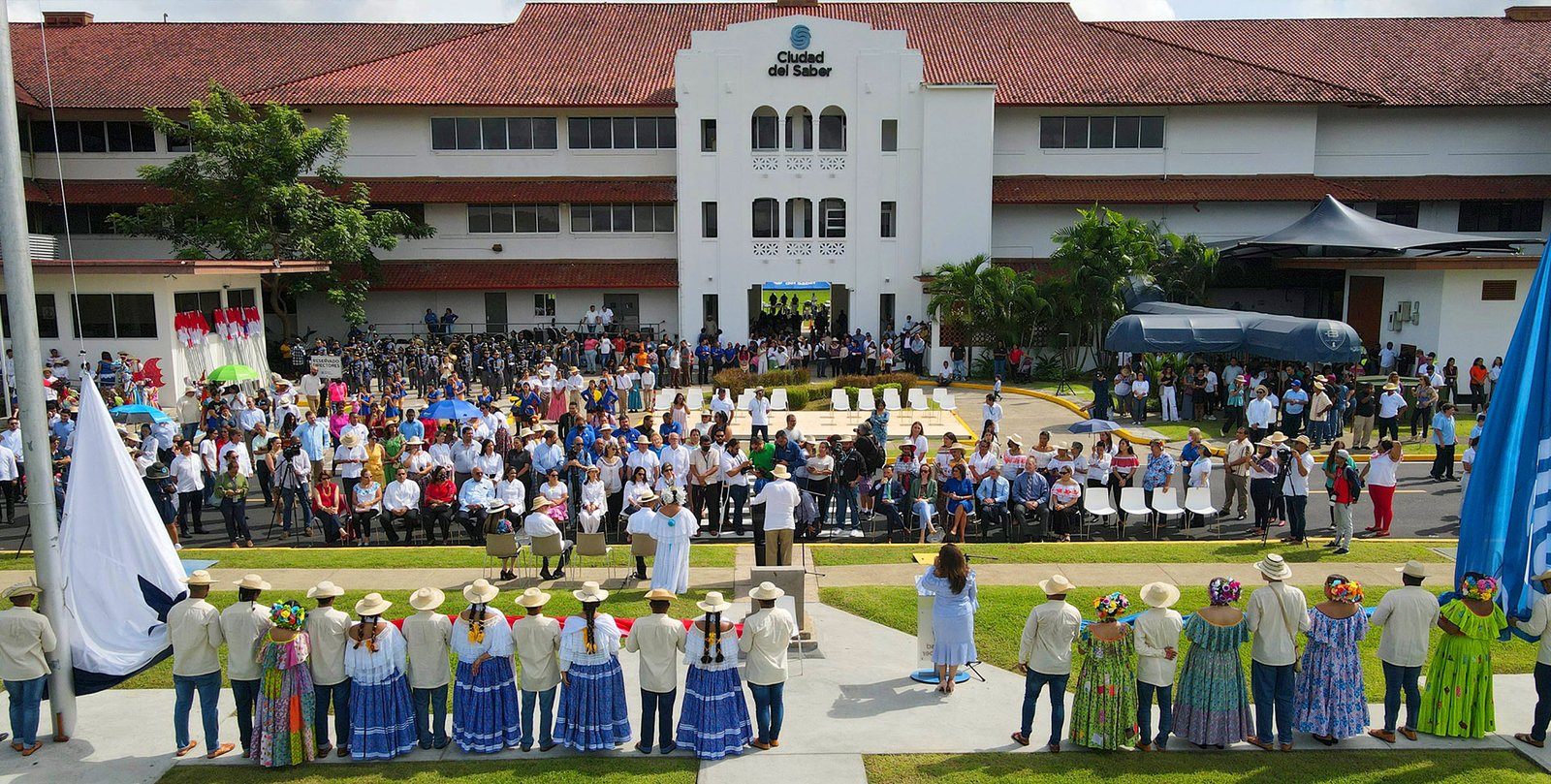
25 Years Of Ciudad Del Saber
In the same territory where one of the largest U.S. army bases on foreign soil once operated, has become the home of myriad academic programs, tech companies, United Nations agencies, international organizations, enterprises incubated in innovation programs, and entities focused on technological innovation, education, and science.
By: Redacción Panorama de las Américas
Photos: Courtesy
In the 1990s, who would have thought that the dream of classrooms instead of barracks, students instead of soldiers, and books instead of weapons would soon become a reality on land that used to house one of the twelve military bases operated by the United States in what was once known as the Canal Zone? It was a seemingly impossible utopian dream.
But just 25 years later, in the same territory where in the early 20th century the base would operate as one of the largest U.S. bases on foreign soil, 150 academic programs now flourish, along with 81 tech companies, 18 United Nations agencies, 39 international organi- zations and NGOs, and 150 enterprises incubated in innovation programs, with more 200 entities focused on innovation, education, science, and humanism.
When the reversion of the Canal and the surrounding areas to Panama loomed at the close of the 20th century, the City of Knowledge was still an abstraction that not many could picture. The pioneers were government employees, professors, intellectuals, and entrepreneurs. Since the handover of the “zone,” with its nearly 100,000 acres and 5,237 buildings, was imminent, there was a sense of urgency to convert those assets into productive shared facilities.
That explains why Fernando Eleta Almarán and Gabriel Lewis Galindo didn’t want to waste time; they were willing to peddle their mad idea anywhere and everywhere: make good use of those facilities by “creating a Socratic forum where social change was driven by humanism, science, and business.”
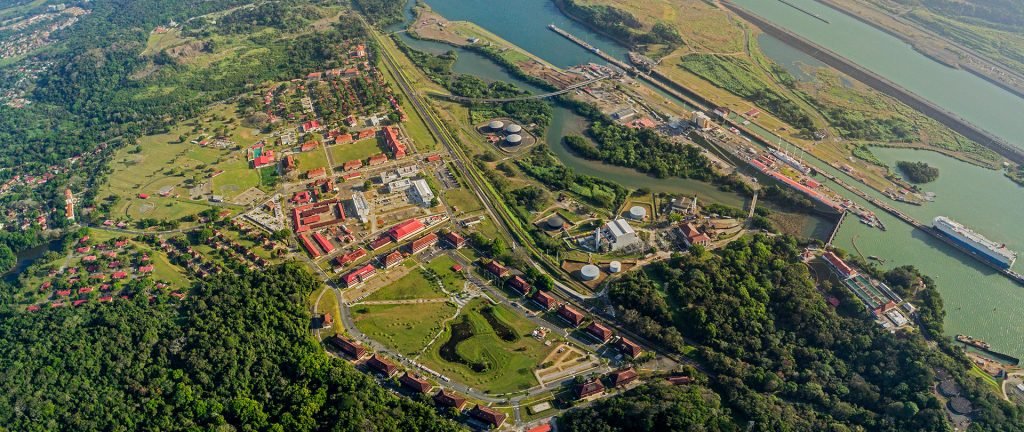
Jorge Arosemena Román, currently Executive President of the City of Knowledge Foundation, discloses that the group looked at the old Clayton base, a compound of almost 300 acres across from the Panama Canal’s Miraflores Locks. There they imagined a space, modeled after science and technology parks, that would meet the challenges of the 21st century.
With more than two hundred buildings, lovely green spaces, sports fields, an Olympic-sized swimming pool, a bowling alley, and many other amenities, everything seemed perfect. But after the space was earmarked for the project, the 16-person team visited the former base in December 1999 to begin work on fulfilling their dream, only to find barren land. The Foundation faced the enormous challenge of maintaining, clearing, adapting, and turning a seemingly boundless parcel of land into a suitable home for knowledge.
In its first years, the project needed help from financial institutions and national and international bodies to operate and begin implementing the first programs and undertakings. Juan David Morgan, President of the Board of Trustees, noted that they had the support of important institutions like Banco General, the Inter-American Development Bank, the European Union, and the Development Bank of Latin America.
They had also gained the trust of great institutions that believed in them and showed it by moving to this wasteland that still exuded a military air: SENACYT (National Secretariat of Science, Technol- ogy and Innovation), CENAMEP (National Metrology Center of Panama), INDICASAT (Institute for Scientific Research), Florida State University, Isthmus University, and UNICEF were among the first “tenants.” Morgan adds that the City of Knowledge Foundation accomplished an unprecedented feat: it reached its first decade having achieved financial independence. It was operating self-sufficiently and without subsidies.
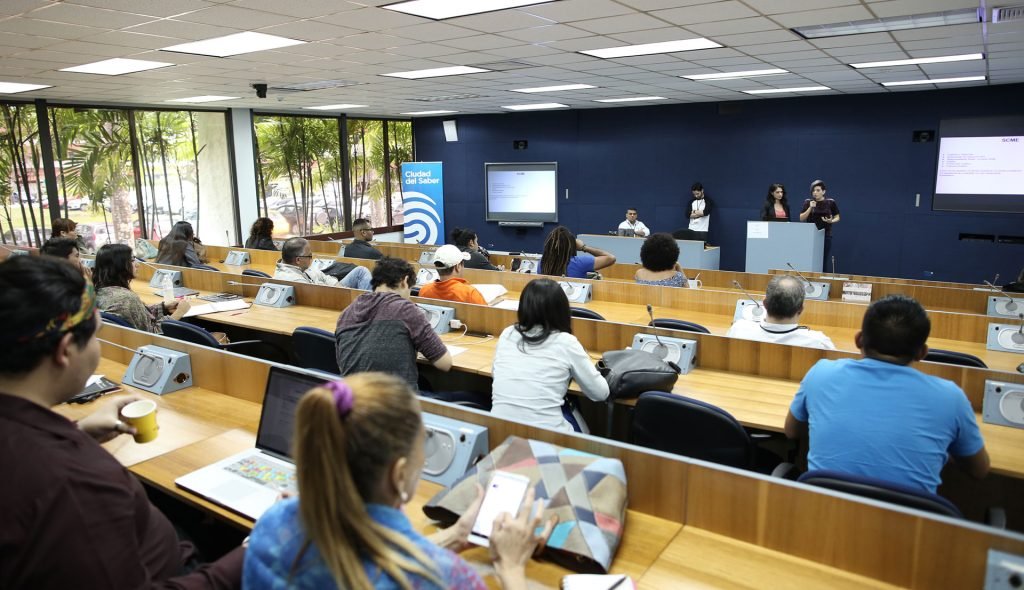
The very first years (2000-2004) saw the creation of the Panama Business Incubator, which eventually became the Don Alberto Motta Panama Business Accelerator. The project later turned its attention to business innovation projects with a high potential for growth in any sector of the economy, leading to the emergence of the Venture Club, the country’s first group of angel investors, who invest venture capital in innovative undertakings and existing enterprises that could potentially go global. With the support of the IDB-MIF (Multilateral Investment Fund of the Inter-American Development Bank), the Entrepreneur Channel Program was later launched to support women entrepreneurs.
During the second five-year period (2005-2009), the initiative began to consolidate other projects: International Techno-Park of Panama brought together international universities, research centers, and en- terprises under one roof, so to speak; and the City of Knowledge was designated the United Nations regional hub. Humanitarian non-governmental organizations helped make the city a regional humanitarian center, and the Copa Airlines training center was built here.
It is interesting that these entrepreneurs always had faith that Panama could, and should, administer its own land and resources. From the beginning, they reproduced the “Planting the Flags” celebrated by the Panamanian people decades before the Torrijos-Carter treaties. This ceremony is now one of the most moving tributes to the memory of those who fought for sovereignty over the Canal. In keeping with this sentiment, they tore down the sentry post that, for decades, symbolized the division between sovereign Panama and the old Canal Zone.
Building progressed with the 2007 completion of the first significant changes to one of the historic structures: building 105, located in the central quad. The main Florida State University building opened in 2009. It was the first building transformed with glass towers that provided a panoramic view of green space and the Canal. At the same time, the old base commander’s house was turned into a House Museum. While some constructions were renovated, this building was kept intact to preserve the historical and architectural legacy of the zone. The year 2013 saw the inauguration of the Lodging Complex, the first certified Platinum LEED (Leadership in Energy and Environmental Design) building in Panama, and the fourth building in Latin America to be certified by the U.S. Green Building Council.
A cutting-edge city must take the environment into account, so of course the City of Knowledge made this a priority. The Dr. Rodrigo Tarté Biological Reserve was created in 2019, chiefly to promote scientific research, biological monitoring, and for- est conservation. The City of Knowledge has been recognized by the Ministry of the Environment for its attention to its carbon footprint. New measures to reduce its footprint are implemented every year. In fact, the alliance between the Foundation and FAS Panamá (Social Action Foundation for Panama) runs the Recycling Center.
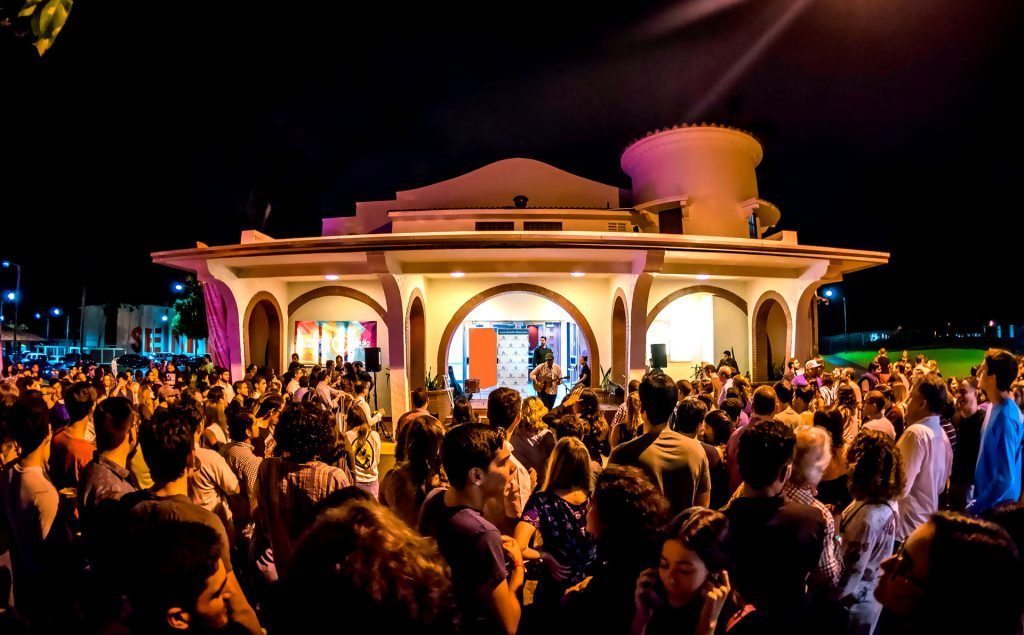
Culture couldn’t be overlooked. The City’s facilities hosted the first Encuentro Trama (a culture, innovation, and creative economy event). The Cluster of Creative Industries was created in 2018, and in 2020, with the support of the U.S. Embassy and the leadership of the City of Knowledge, Panama enjoyed its debut at NAFSA, the prestigious academic fair that is the world’s largest event for globalizing higher education.
In short, over the course of 25 years, the City of Knowledge has selectively invited top-flight candidates to join its community and encouraged work in areas key to social and economic development, such as technology, science, humanitarian issues, human rights, education, health, logistics, and creative and cultural industries.
More than eighty enterprises focused on research, development, and innovation are now part of this ecosystem. Moreover, 78% of the affiliated companies allocate part of their annual budget to these endeavors, and 93% say that they generate new knowledge.
All this work in the name of knowledge generates tangible economic benefits. An economic study carried out in 2015 by INTRACORP showed that the City of Knowledge—at that time with a budget of 18.2 million dollars—generated 381.57 million as the gross value of the production (total sales) and its total impact on the national economy was 623.10 million Balboas.

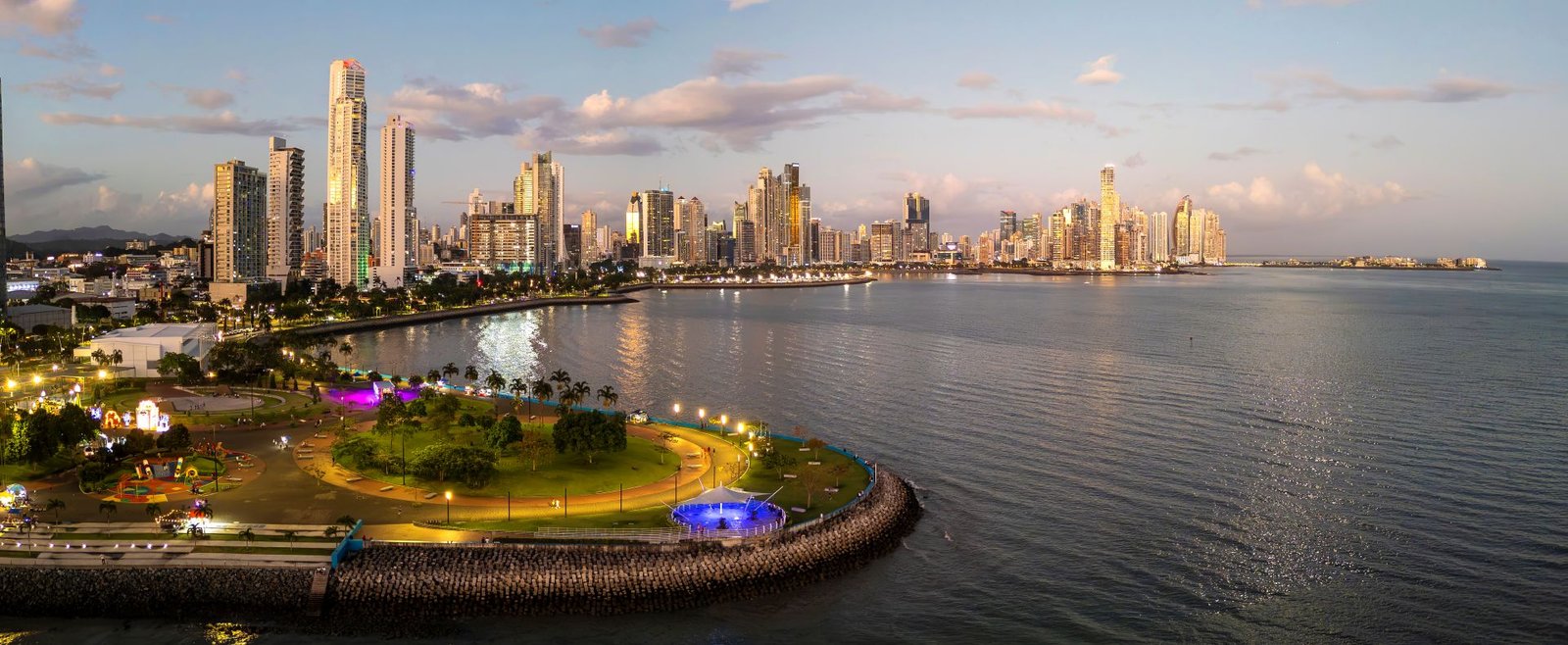

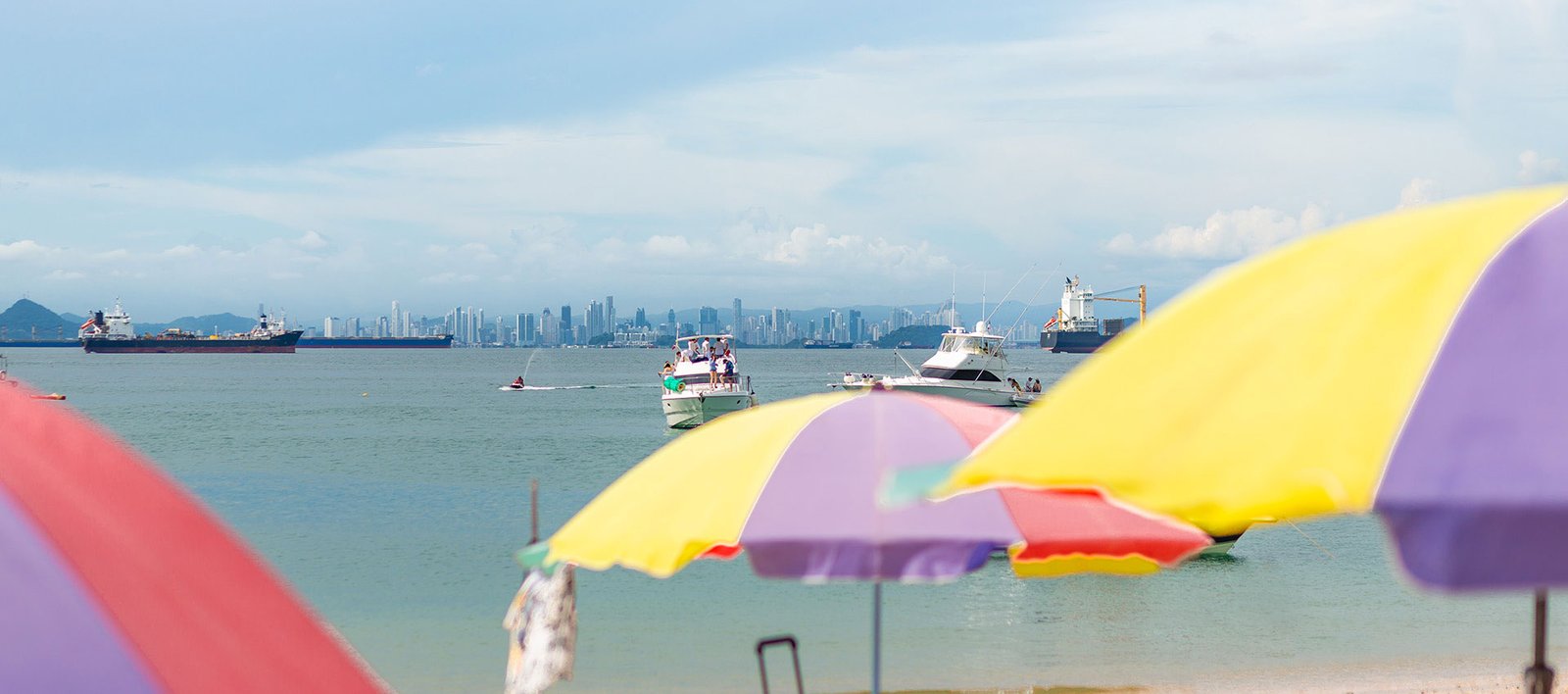
Leave a Reply